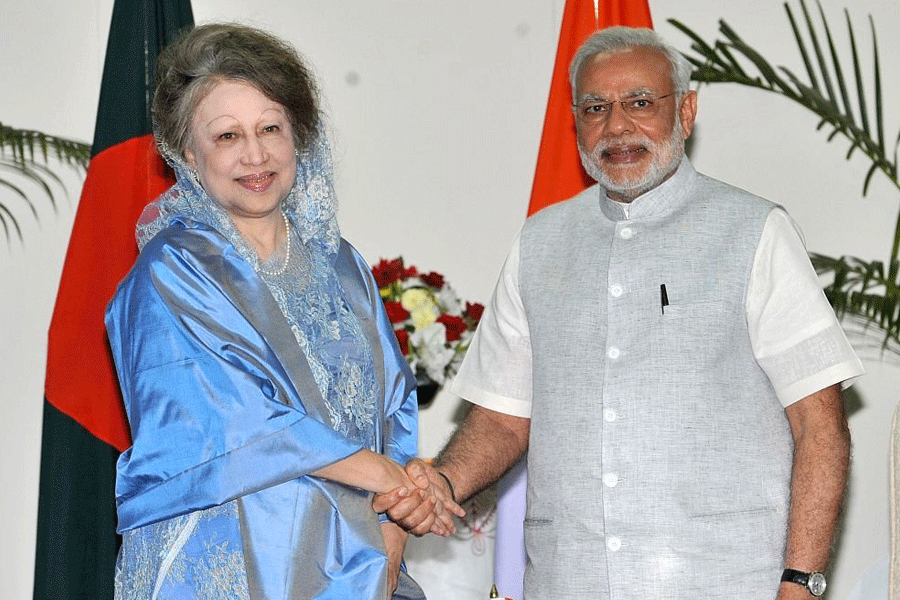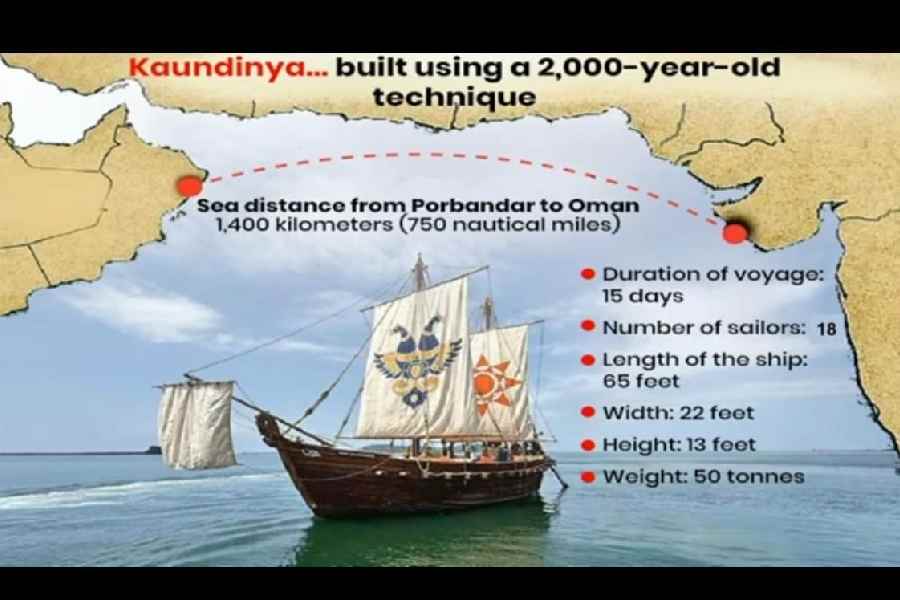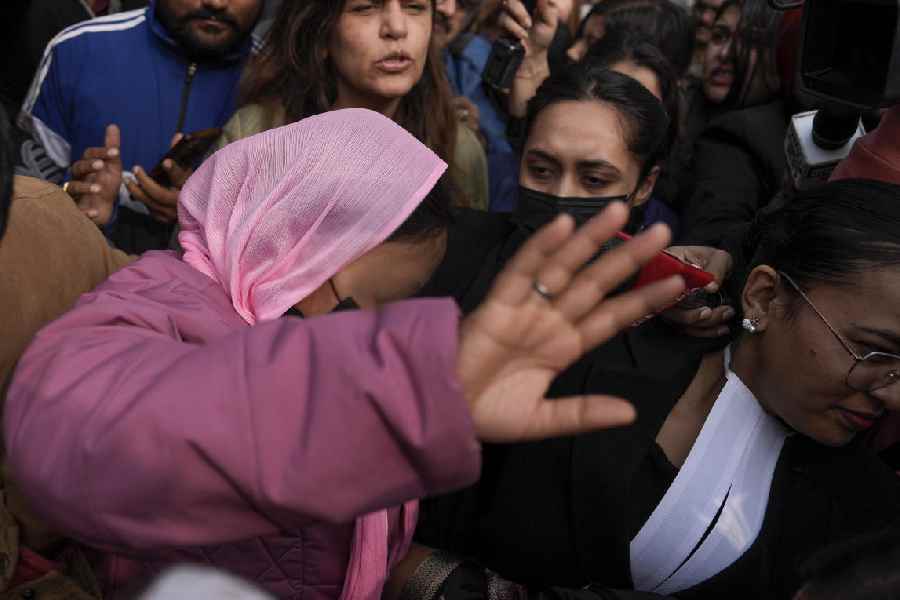 |
 |
 |
 |
| (From top) An excavation layer at Telhara, the basalt statue of Yamantak, the god of death, with seven heads and other artefacts found at excavation sites in Telhara. The latest round of excavations revealed that the monastery came into existence in the Kushan period. First round of excavation was carried out from December 2009 to May 2010. The second round confirmed the monastery was a centre of Tantric Buddhism. Telegraph pictures |
Patna, June 16: Plans are afoot to bring Telhara, an ancient Buddhist monastic site, on the tourist map of India. Realising its richness as a heritage site after two rounds of excavations, the state government has decided to develop it as a tourist spot.
“The excavations revealed that it is a very precious site. So, we have decided to develop it as a tourist spot,” state art culture and youth affairs minister Sukhda Pandey told The Telegraph.
To begin with, a boundary wall would be erected around the excavated site. In the long run, the government intends to set up a museum to display the antiques found from the site.
“For now, we have decided to keep the historic items in the Biharsharif museum,” Pandey said.
Located 29km west of Nalanda, this monastic site was discovered in 1872 by A.M. Broadley, then magistrate of Nalanda, which was commented on with some details by Alexander Cunningham between 1875 and 1878. Cunningham intended to do the excavation of this site. But he could not because of protest by the settlers in the vicinity of the site then.
Contrary to the popular belief that the monastery came into existence during the Gupta period (4th to 7th century AD), the latest round of excavation at the site from January to May this year has revealed that it might have come up in the 3rd century BC. The first round of excavation was carried out from December 2009 to May 2010.
“Finding of northern black polished ware during the latest round of excavation suggests the monastery is much older,” Atul Verma, the excavation and exploration officer of the art and culture department, who led the excavation team at Telhara, said.
The findings of the excavation also suggest that the site might have been flooded and regained its importance during the Kushan period (1st century AD). “There was a 4-metre-thick layer of sand just above the layer in which northern black polished ware was found. It suggests flooding of the site,” Verma said, adding that sprinklers made of clay, which were an exclusive specialty of the Kushan period, were found in the layer above the sand.
The second round of excavation has also confirmed that that the monastery was a centre of Tantric Buddhism. The basalt statue of Yamantak, the god of death, with seven heads suggests so.
During the excavation work, the team members stumbled upon a 1.5-foot-thick layer of ash, suggesting burning of the monastery by Bakhtiyar Khilji, who had raided Bihar towards the end of the 12th century.
These findings apart, the latest round of excavation has also given evidence of presence of a three-storeyed structure at this place, as mentioned by Hiuen Tsang in his travel account. Evidence to prove the presence of prayer hall and residential cells of monks in the monastery has also been found.
A number of potteries and images belonging to the Gupta age and the Pal period were found. The excavation revealed a 34-metre-long floor lined by a number of cells.
Another brick paved floor with a wall almost 12-foot-high has been discovered below the prayer hall in the eastern side. Above this floor, a well was found.
In course of excavation, the team came across the Gupta age monastery. Nearly 60-metre-long brick wall of the monastery structure was found 8m below the ground-level. Another structure running in north-south direction was traced below it.
“So far, the two rounds of excavation have revealed many things. But two to three rounds of excavation would be carried out in coming years for the complete exploration of this site,” Verma said.










